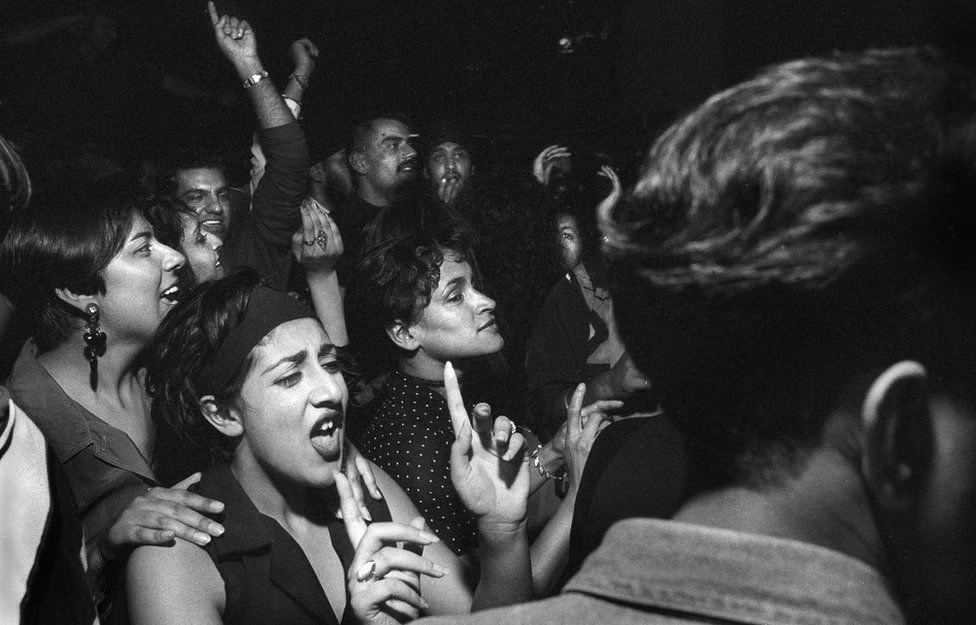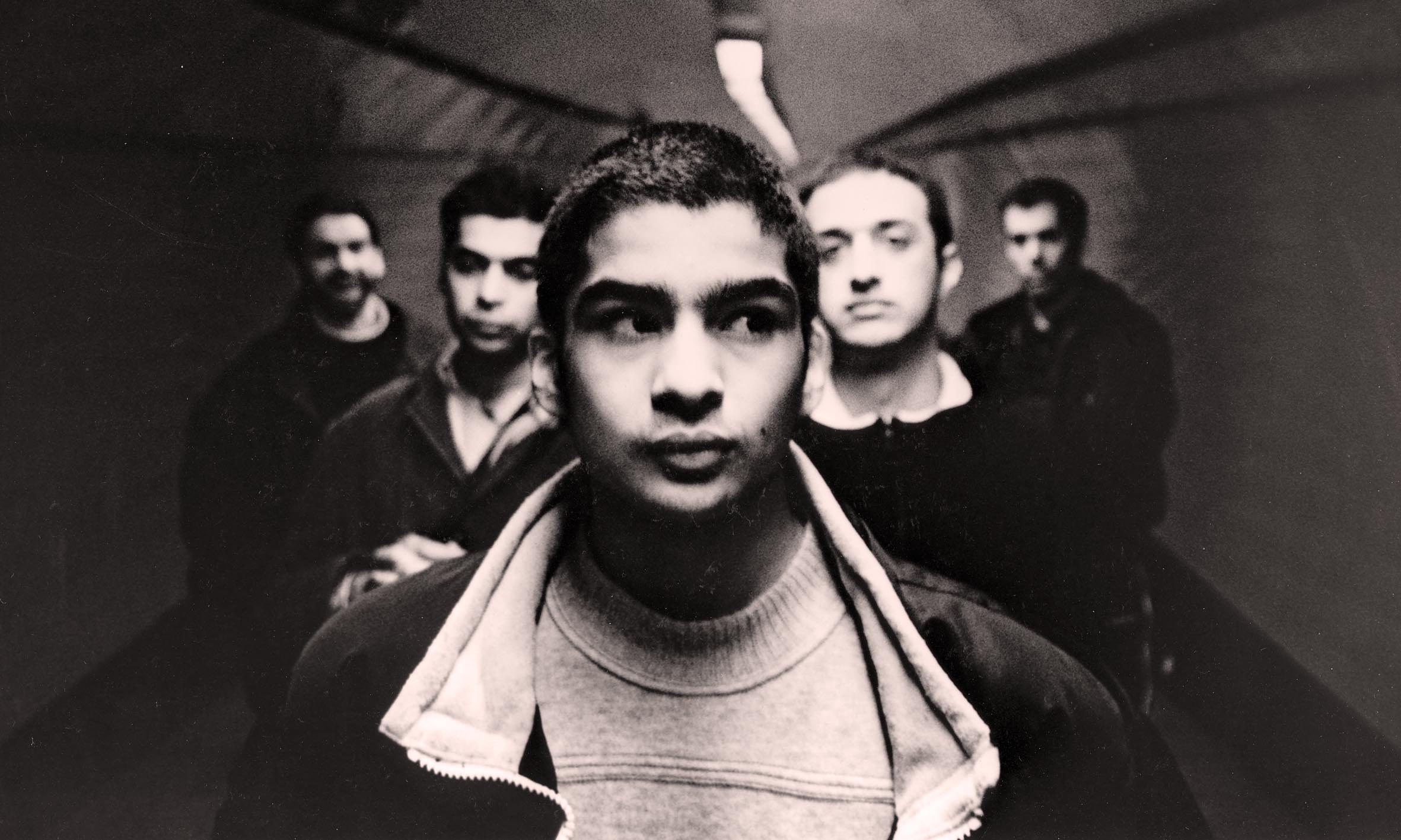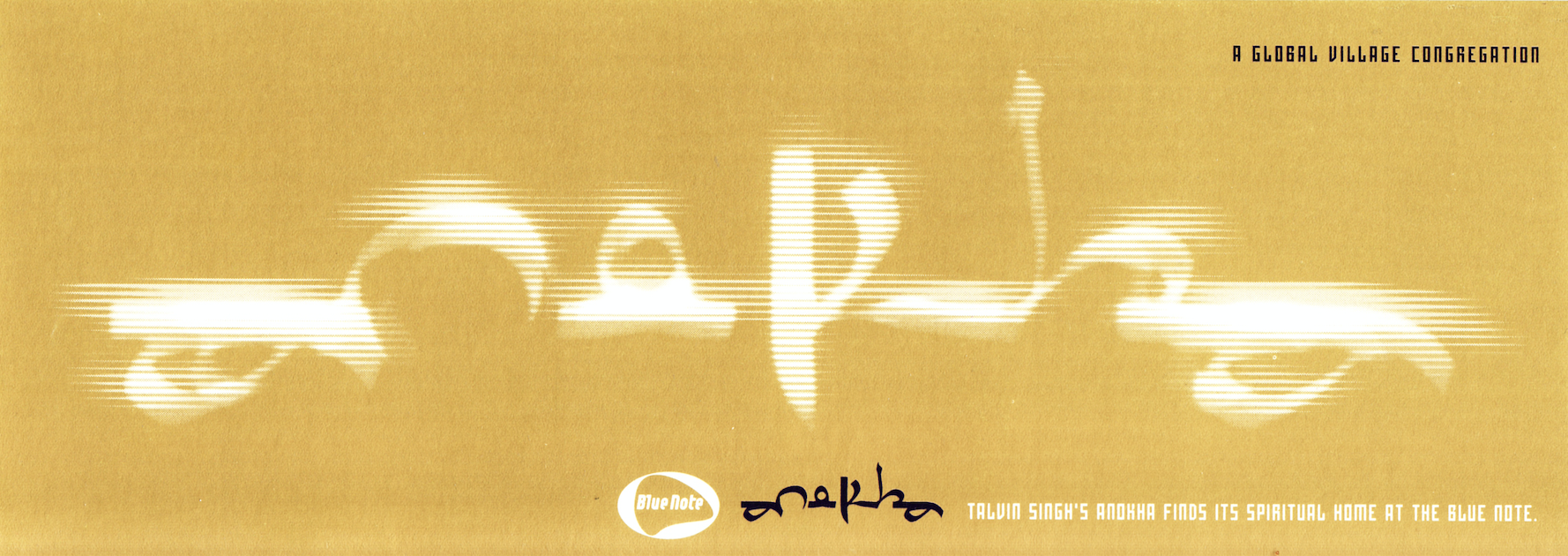Asian Underground: A Short History
The musical movement that brought together UK club culture and South Asian sounds

In celebration of South Asian Heritage Month, we've been delving into a groundbreaking musical movement that emerged in the UK in the mid-90s to early 2000s: the Asian Underground.
It was more than a genre - it was a cultural awakening for a generation of South Asians raised in Britain who had long lived between two worlds.
Rooted in London’s club scene, the Asian Underground blended drum’n’bass, jungle, dub, and electronica with South Asian classical, Bhangra, Bollywood soundtracks and traditional instrumentation. It carved out a new sonic identity for many first-gen South Asian youth: bold, hybrid, and unapologetically diasporic.
Key figures like Talvin Singh (whose Mercury Prize-winning OK remains a landmark), Nitin Sawhney, State of Bengal, Asian Dub Foundation, Joi, and the Outcaste Records label pushed the movement forward - both sonically and politically. Singh’s 1997 compilation Anokha: Soundz of the Asian Underground became a defining moment, capturing the raw energy of club nights where tablas met breakbeats.

For many British South Asians, this wasn’t just music - it was identity. The Asian Underground gave them a scene where their heritage wasn’t ‘other’ - it was the main event. Club nights became spaces of cultural celebration, where raving in saris, bindis, and Nike Air Max was entirely natural.
Its influence rippled outward - reaching artists like Björk, who soon collaborated with Talvin Singh - and eventually helped pave the way for a new wave of artists today, from Riz Ahmed and Joy Crookes to the Daytimers collective.
The Asian Underground was a vital cultural movement — one that helped a South Asians in Britain feel heard, seen, and proud.

